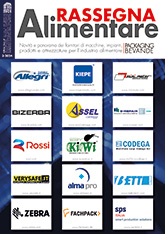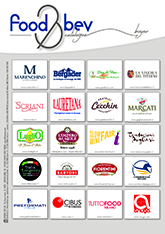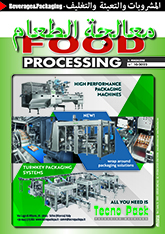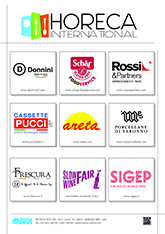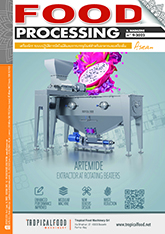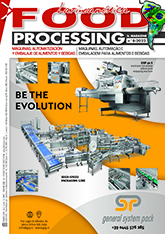
NICCOLAI TRAFILE SPA - PASTA DIES
Niccolai Sestilio (born 1/3/1902 in Pistoia) was the founder of Niccolai Trafile,
In 1935 he started
In 1949 Sestilio with his son Mario opened a small business for the repair and manufacture of dies in Via San Gregorio in Sansepolcro where they were joined
They began to be known by pasta manufactures in Tuscany and in Umbria moving with the bikes and then, with the arrival of the first car, also in the other regions of Italy. The work consisted
Within a short
In the ‘60s were designed and built the first die washing machines, while in 1990 born the
The story begun by the artisan Sestilio went through the whole dynamic and production updates
In the third
This Catalogue illustrates life WHEN DRY the commonest pasta shapes. The measurements which accompany the different pasta shapes also refer to pasta in its dry form.
We can, however, supply dies for any pasta shape, irrespective of those indicated in this
- Type of press and manufacturer; hourly dry pasta production output
- Whether the dies are to be used for the production of durum semolina, flour, egg, pasta or any other mixture
- whether the interchangeable inserts of dies should be in Teflon, Bronze or any other material
















